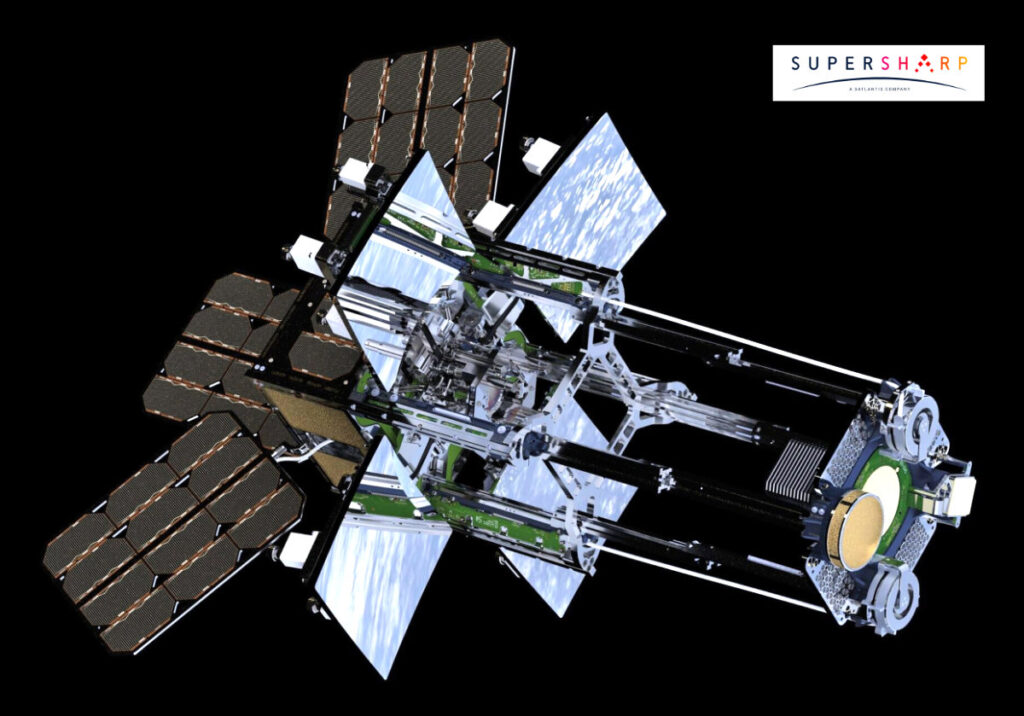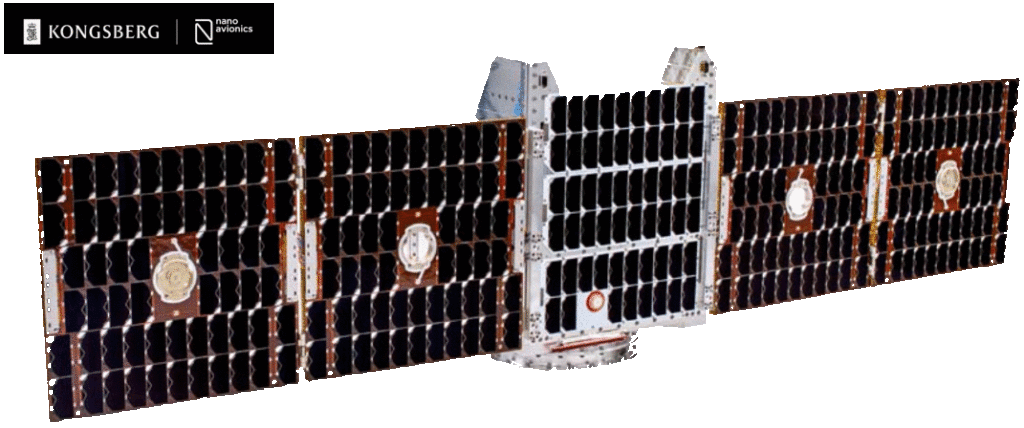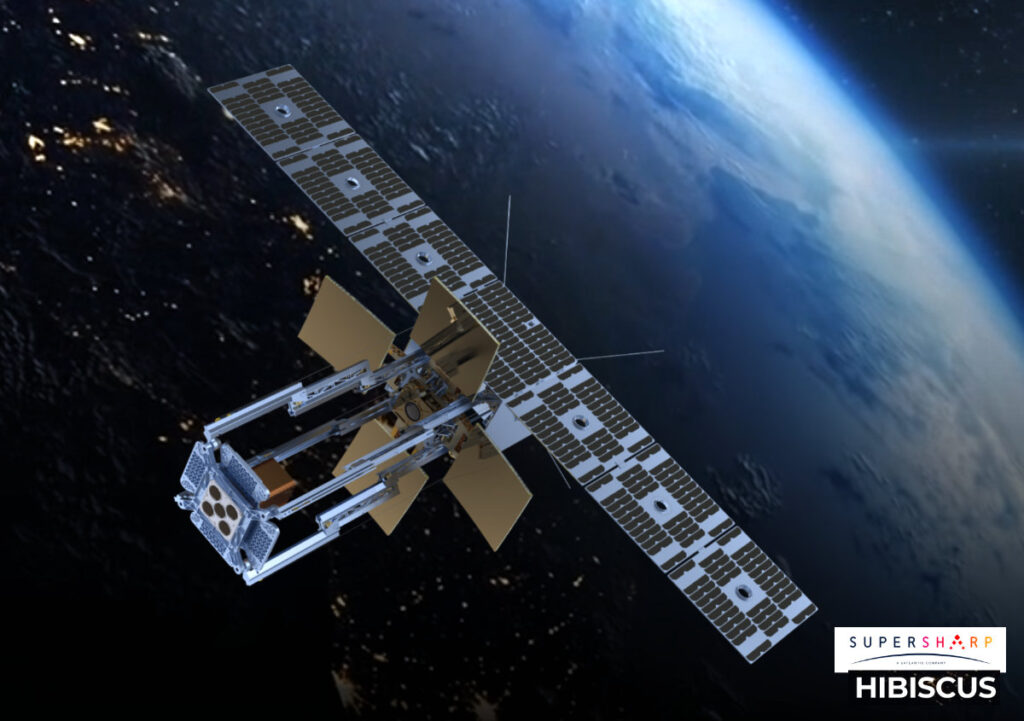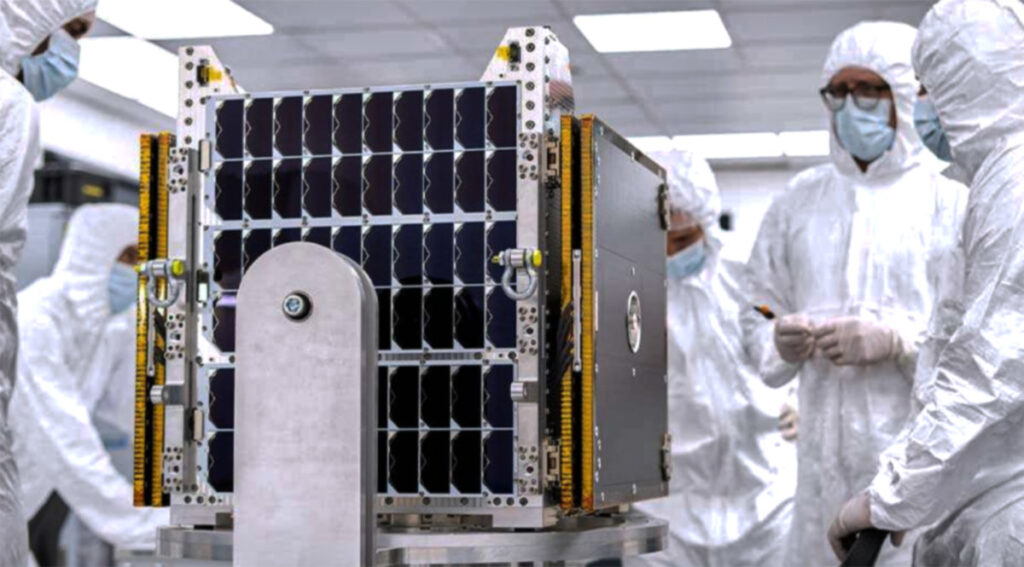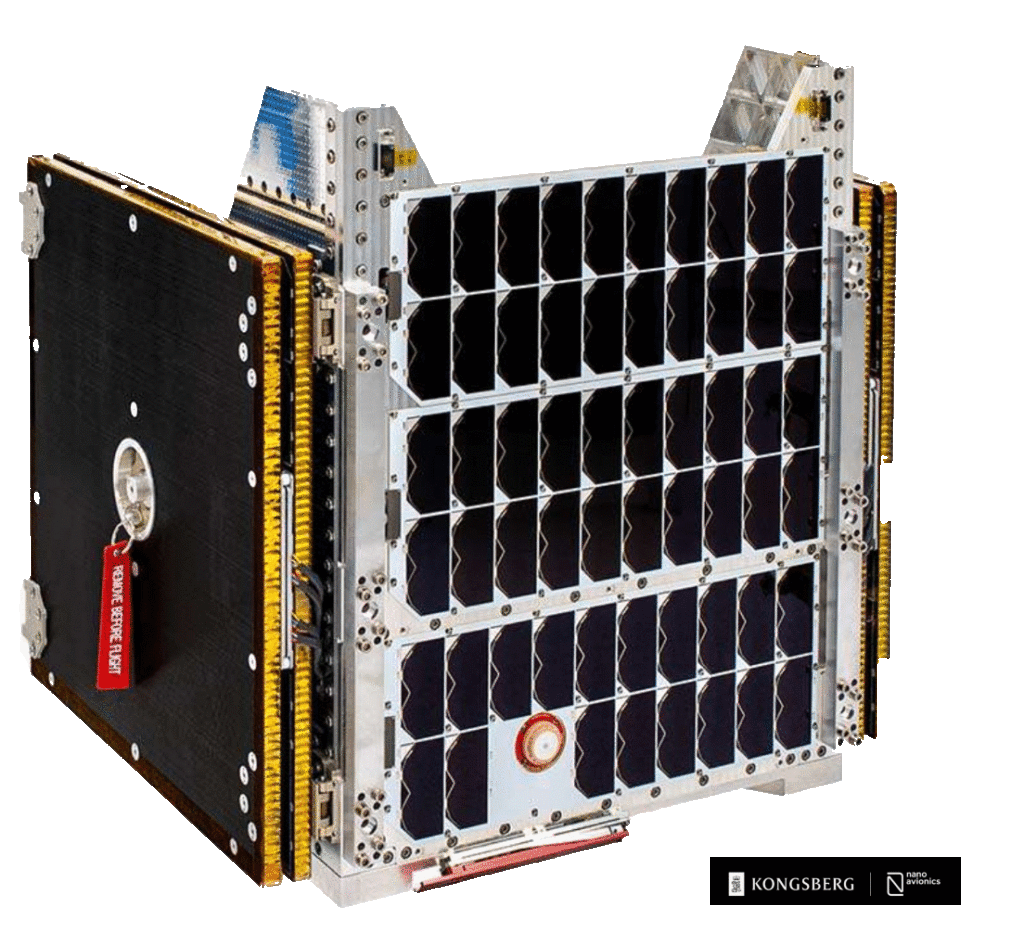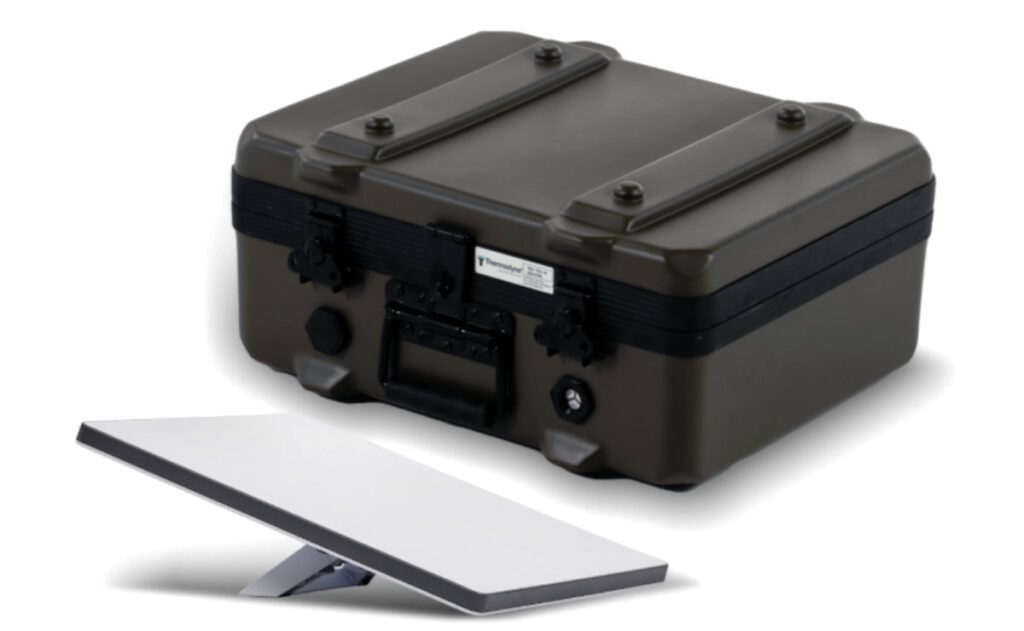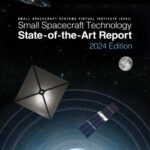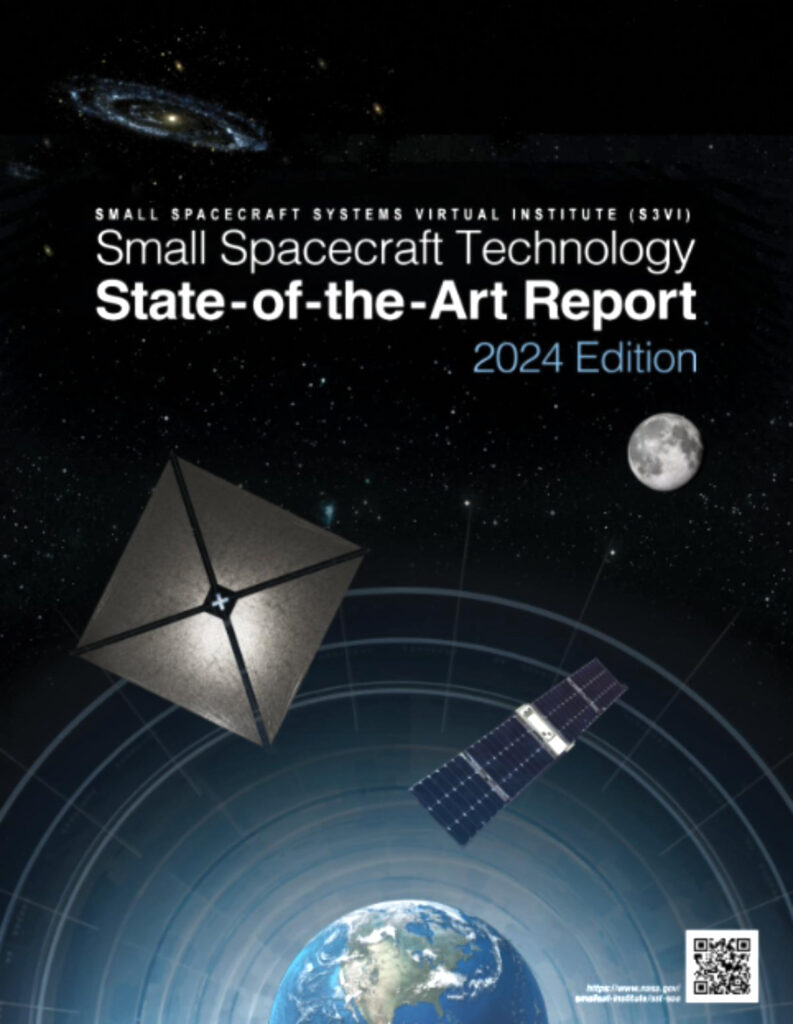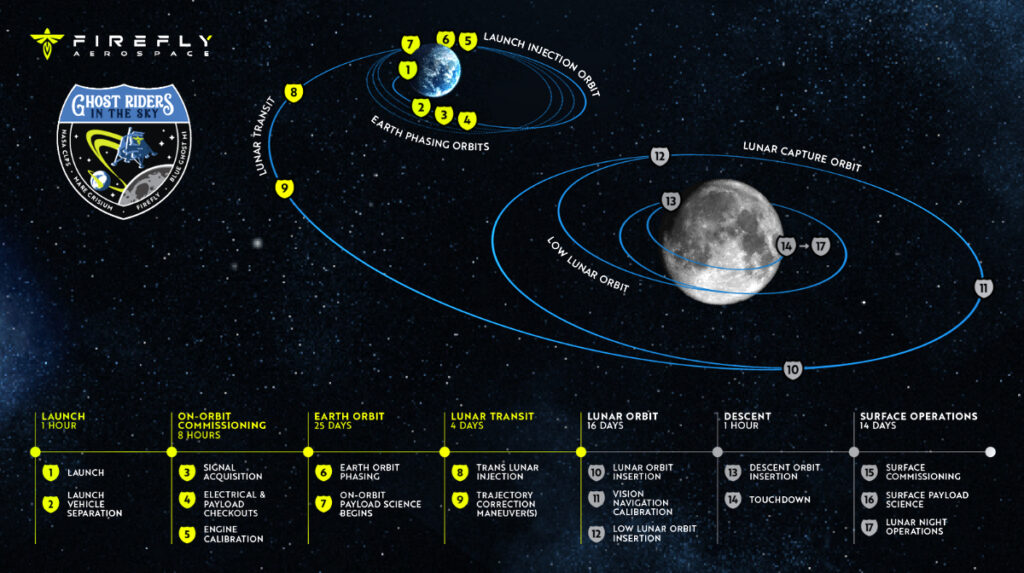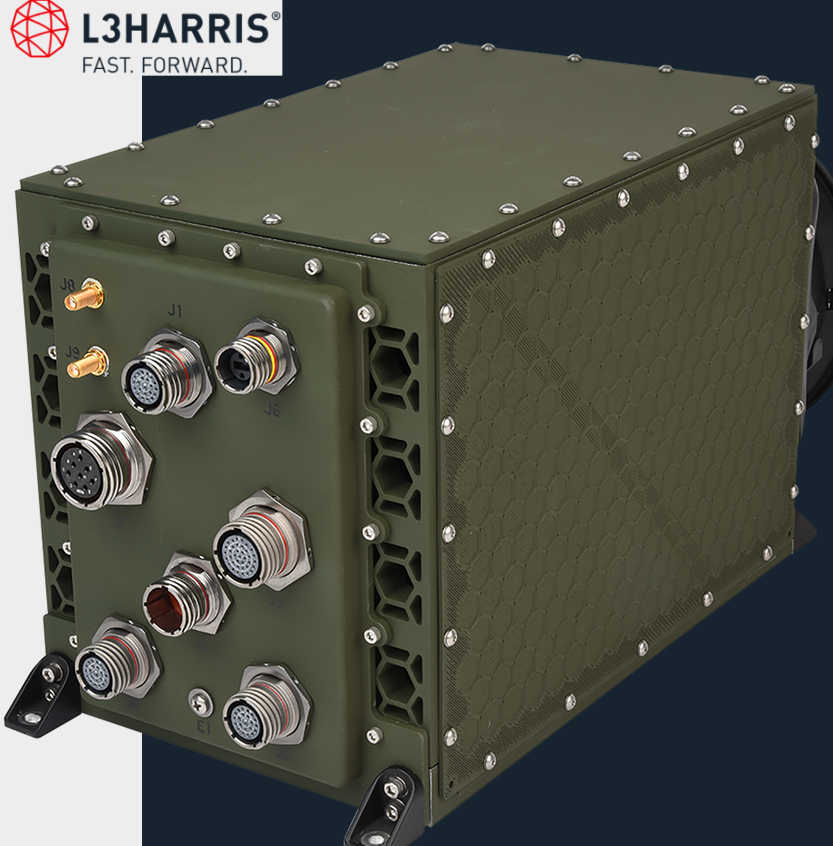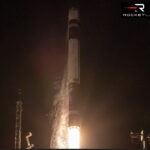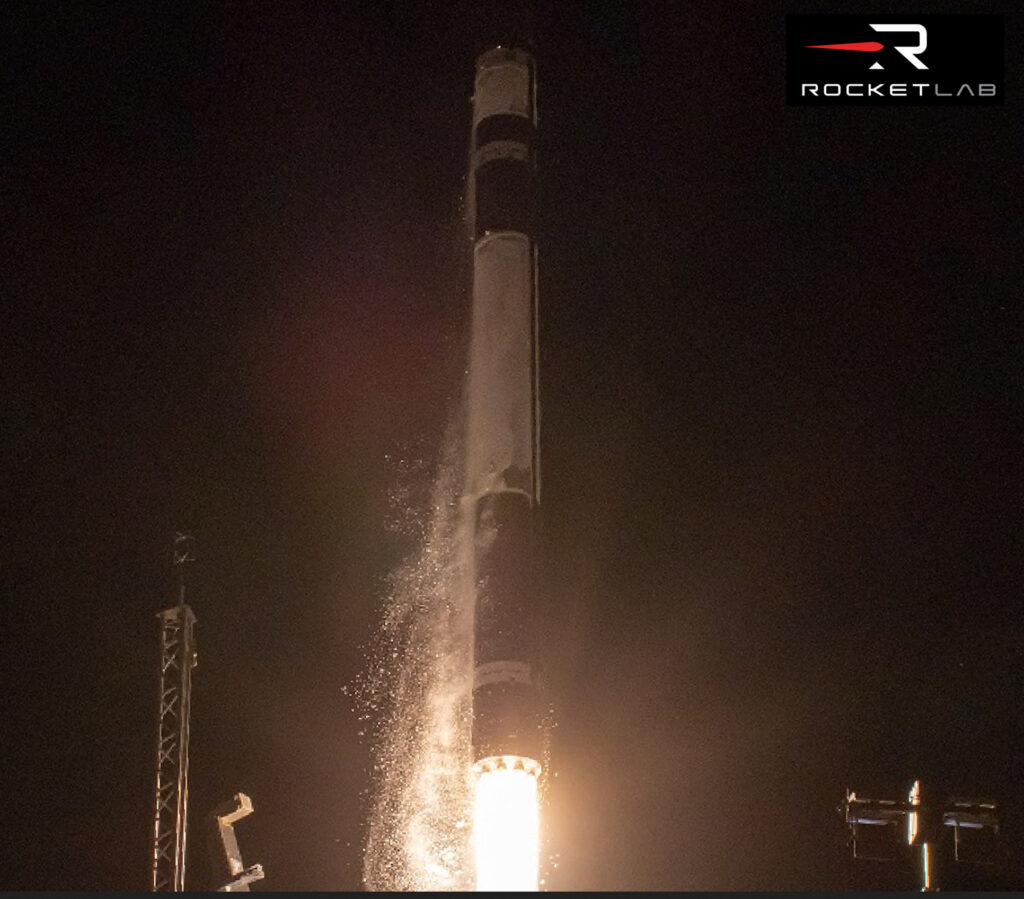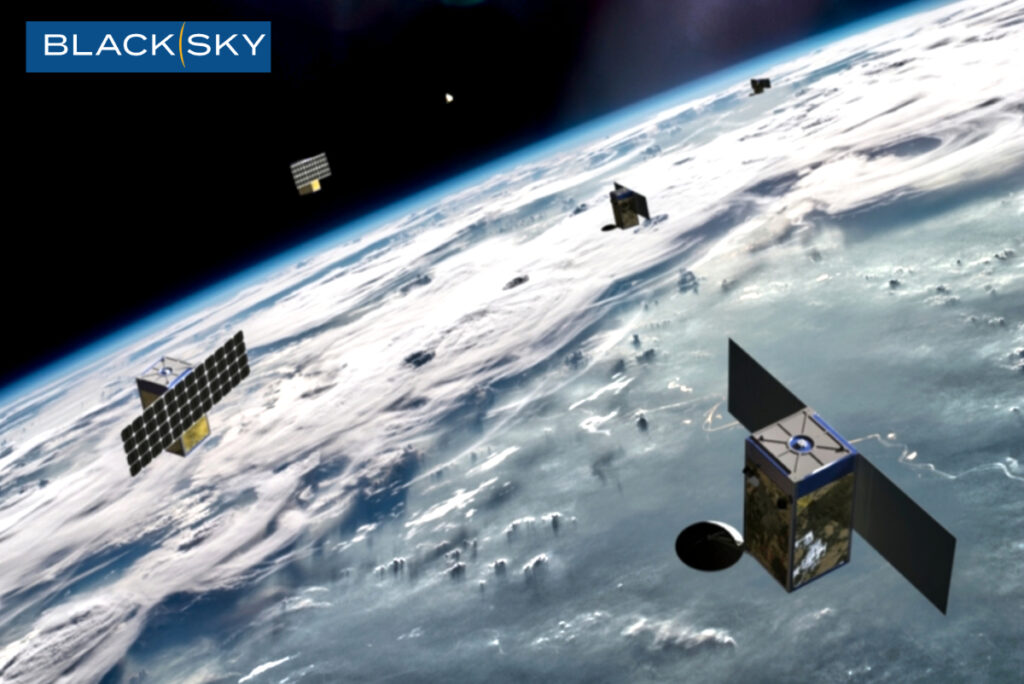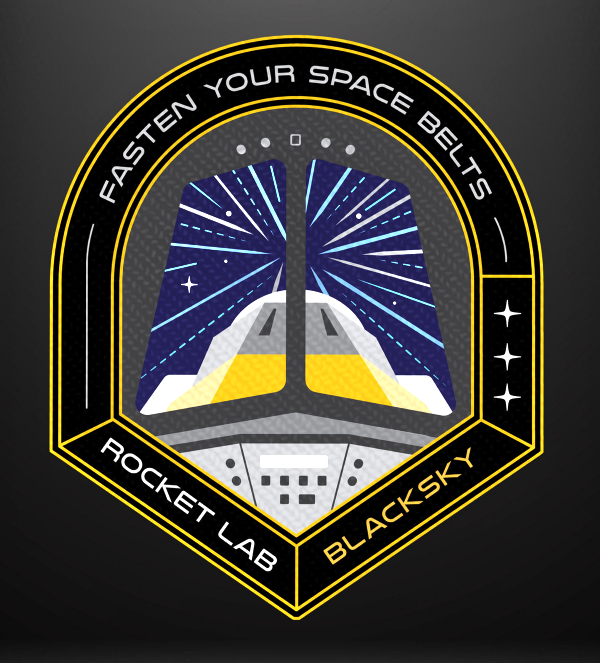
Hiltron Communications will promote the latest additions to its range of satellite communication products, systems and supporting services at GovSatCom 2025. The event will be held at its usual location, the European Convention Center in Luxembourg, from Thursday February 27th through Friday 28th.
“A highlight of our GovSatCom 2025 presence will be the latest addition to our HMAM series of motorized antenna mounts,” says Antonio Monteverde, Sales Director at Hiltron Communications. “The new HMAM-XY is an advanced model designed to perform high precision tracking of LEO and MEO satellites, smallsat constellations and flying objects such as drones. It combines fast high tracking speed and fast acceleration with precise pointing and tracking accuracy, including low backlash and full hemispheric coverage with no zenith keyhole. Tracking velocity is up to 10 degrees per second with 6 degrees per second squared maximum acceleration and within 0.05% accuracy. TLE/NORAD tracking capabilities are included and Steptrack is available as an option.”
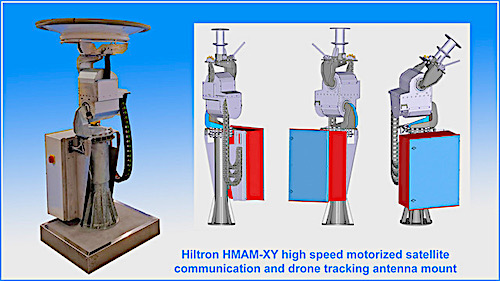
“Operation and supervision of the HMAM-XY are via Hiltron’s established HACU antenna control unit,” adds Thomas Wurst, Pre-Sales Engineering Manager. “Browser-based control and monitoring can be performed from any desired location via an Ethernet link connection. The control unit can be mounted on the HMAM-XY support column with local operation additionally possible via a directly connected handheld unit.”
Also new to GovSatCom delegates will be Hiltron’s Field-Upgradable Motorization Kit for the CPI 2385 Satcom Antenna. The kit is designed for broadcast applications, two-way satellite telecommunication links or receive-only downlinks. Based on the established HMAM, it offers an economical alternative to new installations. Tracking capabilities include manual positioning to known satellites, automatic positioning and active step tracking. TLE/NORAD, inclined orbit tracking and Intelsat 11 tracking are also supported. An optional motorized feed changer allows the head to be moved quickly to a new position for switching between frequency bands.
“GovSatCom continues to be a useful venue for the creation of new partnerships and a catalyst for product development in line with the evolving requirements of the satellite communications market,” summarizes Jochen Ermel, Hiltron Communications’ Managing Director. “We look forward to meeting with existing and potential new customers.”








